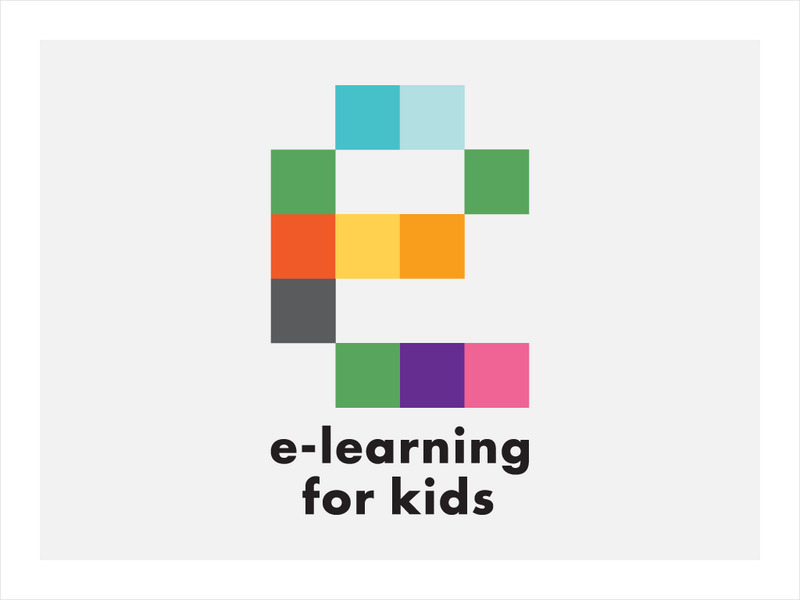Curated OER
People Interacting with the Environment
Learners explore an arctic, temperate, and tropical environment and then decide what people need in each environment to help them live comfortably and what their lives would be like.
Curated OER
Using the Land
In this land activity, learners review the different ways that land is used such as landfills, topsoil, farmland, and hazardous waste. This activity has 13 true or false questions and 1 short answer question.
Curated OER
The World Population Explosion
Students are introduced to some of the fundamental questions about the connections among population, resources and energy use, and environmental impacts. They explore population growth, interpret a line graph and calculate their own rate...
Curated OER
Presto Change-o: Caterpillars to Butterflies
Young scholars use the Internet to explore the four stages of a butterfly's life cycle. They make a model of a butterfly using macaroni, sticks and leaves.
Curated OER
Do You See What I See?
Young scholars hypothesize the role of rocks, soil, and water by observing a terrarium and create a model to explore the water cycle. This is part of a five station set up.
Curated OER
Sea Turtles: An Issue Investigation
Fifth graders explore sea turtles and the issues relating to them as endangered species. They research sea turtles on the Internet and find reasons why the turtles are endangered. They identify potential issues to be considered when...
Curated OER
Water Quality Monitoring
Students comprehend the four parameters of water quality. They perform tests for salinity, dissolved oxygen, pH and clarity or turbidity. Students comprehend why scientists and environmental managers monitor water uality and aquatic...
Curated OER
Winer Survival
Students study how animals need water, food, shelter, and space to survive. They also study what animals need to survive in the winter. They play the part of animals and winter "threats" in a game of tag to reinforce concepts.
Curated OER
Wump World
Second graders read ead the book The Wump World written and illustrated by Bill Peet. Discuss with the students how air pollution can make your eyes water and cause shortness of breath. Students discuss air pollution and give the...
Center Science Education
The Nitrogen Cycle Game
Earth science experts learn about the roles of nitrogen by taking a virtual journey through the nitrogen cycle. Completing a passport worksheet along the way, they move from place to place around the classroom by the toss of dice. Each...
Curated OER
Everything is Made of Something
Young scientists can use this worksheet to learn about natural resources, as well as what we use them for. A word search prompts pupils to find sixteen words about natural resources.
Curated OER
Ask Rustle the Leaf About...Acid Rain
In this acid rain worksheet, students read about acid rain from a leaf's perspective. They fill in the blanks with 9 terms to complete a paragraph about acid rain. They also are given 8 clues to complete a crossword puzzle. Their is a...
Curated OER
A World of Soils
In this word search worksheet, students read several paragraphs about the types of soil. Students then use the bold words to complete the word search puzzle.
Curated OER
Using Commas for Clear Writing
In this commas worksheet, students learn to use commas to help write more clearly. Students complete three exercises with commas.
Curated OER
More on Meiosis
In this meiosis worksheet, students fill in the blank that describes the process of meiosis. Students also draw the process of meiosis.
Curated OER
Change Happens
Fifth graders engage in a lesson to find information about the natural history of Puerto Rico. They practice using a variety of resources for research purposes. The same process of research is used for state of Wisconsin. Then students...
Curated OER
Graphic Organizers Aid Comprehension
Students create story webs to aid comprehension of ecosystems. In this reading strategies instructional activity, students discover the importance of organizing information while reading a nonfiction text. Students produce story webs to...
Curated OER
Don't Cry Over Spilled Oil
Students study the Exxon Valdez Oil Spill while evaluating oil spill clean up activities. They discover the long term impact can have on an ecosystem by completing this experiment.
Curated OER
Earth Day
In this crossword puzzle activity, students identify the words that relate to Earth Day by reading the 14 clues. Students complete the crossword puzzle with the clues.
Curated OER
Spring Fling
Students take part in a number of activities that center around a spring theme. They draw the steps to show process of growing seeds.
Curated OER
Arbor Day Challenge: Crossword Puzzle
In this Arbor Day crossword puzzle, learners use a set of 28 clues given at the bottom of the page to complete the puzzle; clues are related to Arbor Day.
E-learning for Kids
E Learning for Kids: Science: Carnival Parade: Rio De Janeiro: What Happens When Living Things Die?
Join Rick on this carnival parade, and find out more about what happens when animals and plants die.
Polk Brothers Foundation Center for Urban Education at DePaul University
De Paul University: Center for Urban Education: The Cloud [Pdf]
"The Cloud" is a one-page, folktale about a cloud who moved closer to the earth, despite warnings that it would die, to save the drought-stricken plants and animals. It is followed by questions which require students to provide evidence...






















![De Paul University: Center for Urban Education: The Cloud [Pdf] Unknown Type De Paul University: Center for Urban Education: The Cloud [Pdf] Unknown Type](https://static.lp.lexp.cloud/images/attachment_defaults/resource/large/FPO-knovation.png)